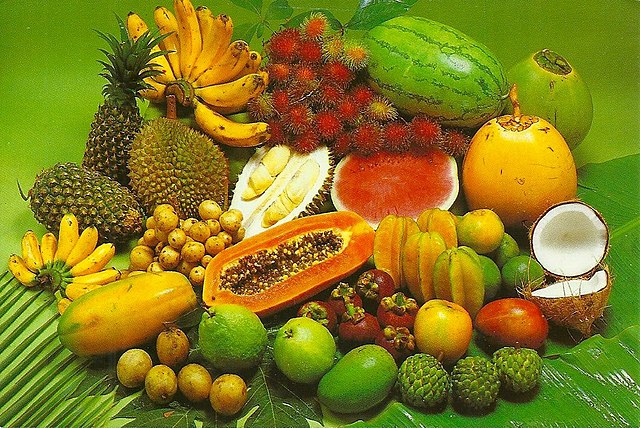The cultivation of exotic fruits, like passion (Passiflora edulis), kiwano, papaya, and dragon fruit in Albania is changing Europe’s export horticulture.
For instance, elderly farmer Irakli Shkoza has already transformed 4.9 acres into a fruit paradise, according to France 24 on July 23, 2025.
Six years after purchasing seeds from Africa and the Americas in 2019, Shkoza is currently exporting the offspring within Europe.
His farm on the sea-embanked Divjaka region in central Albania presents a perfect marriage between Balkan coolness and Mediterranean heat.
No wonder then that the nearby Croatia market traces no differences between traditional exotic orders from far-flung origins and Balkan supplies.
Leveraging Warming Balkans with Exotic Fruit Profiles
Veteran farmers have taken advantage of a time when the west Balkans are rapidly warming, calling forth tropical produce.
A 2022 study estimates that local temperatures might rise by 3.5 to 8.8ºC in the near future under moderate emissions.
But farmer Shkoza looks positively at climate change: instead of lamenting native crop yield falls, it was time growers adapted heat-tolerant exotics.
One of these is the pepino melon, which is native to the Andes region of South America. For one, it needs a temperature consistency of between 15º and 23ºC across its production cycle.
For kiwano from Africa and New Zealand, the temperature stakes are even higher -from 21 to 29ºC. The fruit however needs locations with well-drained soil and with sunlight totals of above 6 hours daily.
The same goes for passion fruit, whose ideal temperature range of 18-28ºC is critical for bountiful yields and disease resistance.
Albania is also currently trialling dragon fruit from the Orient, which needs 18-24ºC to thrive.
The odd one out is papaya, currently beating odds in Albania in spite of its high temperature range at 20-38ºC.
And yet, papayas from a cooler neighboring Macedonia have to ripen artificially in export markets, amid high demand.
In Albania, however, says Vasil Nikolovski, these same price-sensitive pawpaws ripen while still in trees and thus prove lucrative. And as the data below shows, growing exotic and other fruits in Albania is an opportunity treasure-trove.
Albania Fruits Statistics
Albania is a rising power of fruits in Europe. Together with vegetables, fruits constitute 36% of the country’s agricultural export value, as of 2022. According to CEIC Data, there were 281.936 million producing fruit trees in the country in 2023, of which 12.755 million were non-producing. The biggest number of trees were citrus at 56.729 million units, and an extra 1.513 million non-producing. Although exotic fruit production is lately emerging, it has been traditionally supplanted by medicinal aromatic plants (MAP).
How economically important are Albania’s medicinal fruits?
Excluding forestland acres, medicinal fruits covered about 500 hectares in Albania before 2022. Together with other medicinal plants, these fruits annually account for 20% of all agri-food exports by Albania. They also perenially provide a source of livelihood for 1/5th of the rural Balkan mountain populace. MAP fruits employ 85,000 stakeholders, from farmers to gatherers and exporters, according to the Albanian Investment Development Agency (AIDA). Regarding medicinal fruit exports, there were 31 export firms before 2022 supplied by 150 national collecting companies.
Which are the leading fruits by the number of farmers in Albania?
According to the government’s portal, mandarins led 2021 small citrus fruit farmer count, at 1,467 farmers, each with 0.2 to 0.5 hectares (ha). In the non-citrus category, cherries had the largest small farmer concentration of any fruit in 2021, at 4,434 growers. Coming second were plums with 4,432 smallholder growers, ahead of other stone fruits with 2,904 growers. Large farmers with over 5 hectares were 4 for mandarins, nil for cherries, 3 for plums and 1 for other stone fruits.
